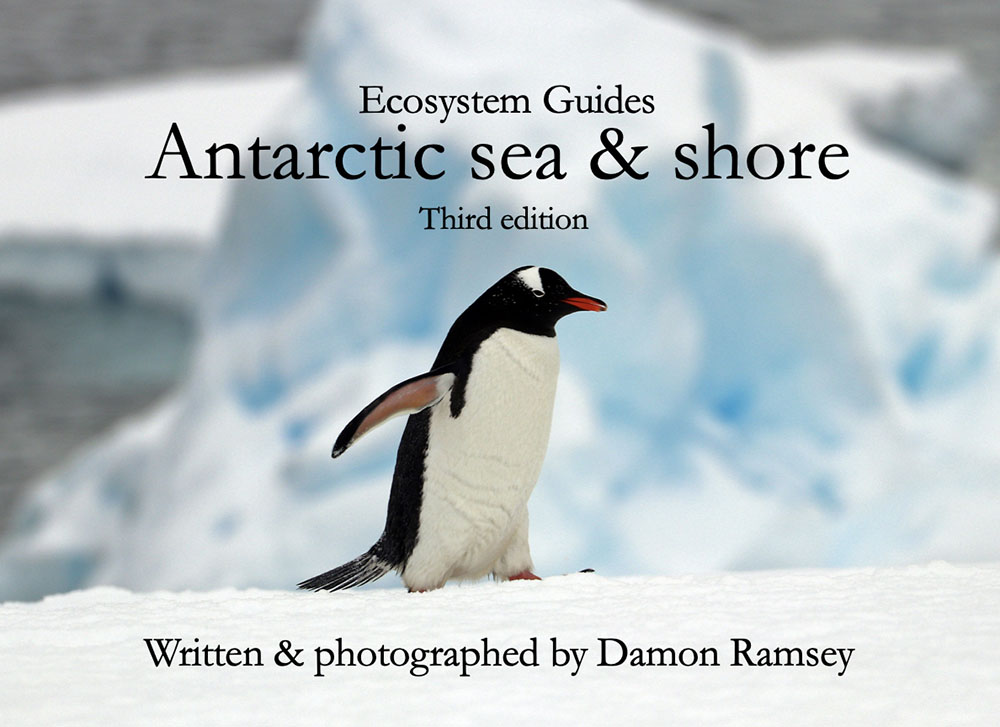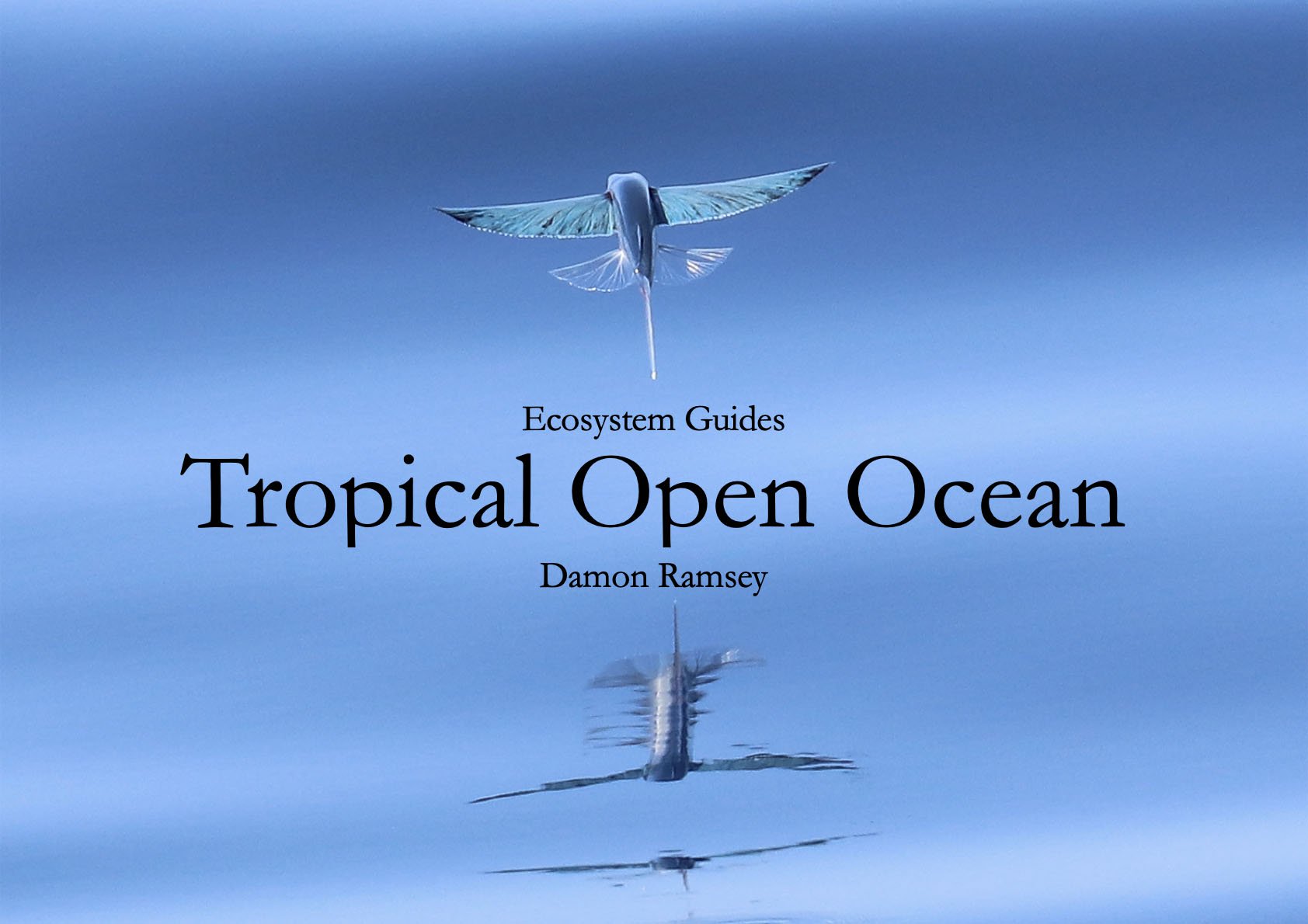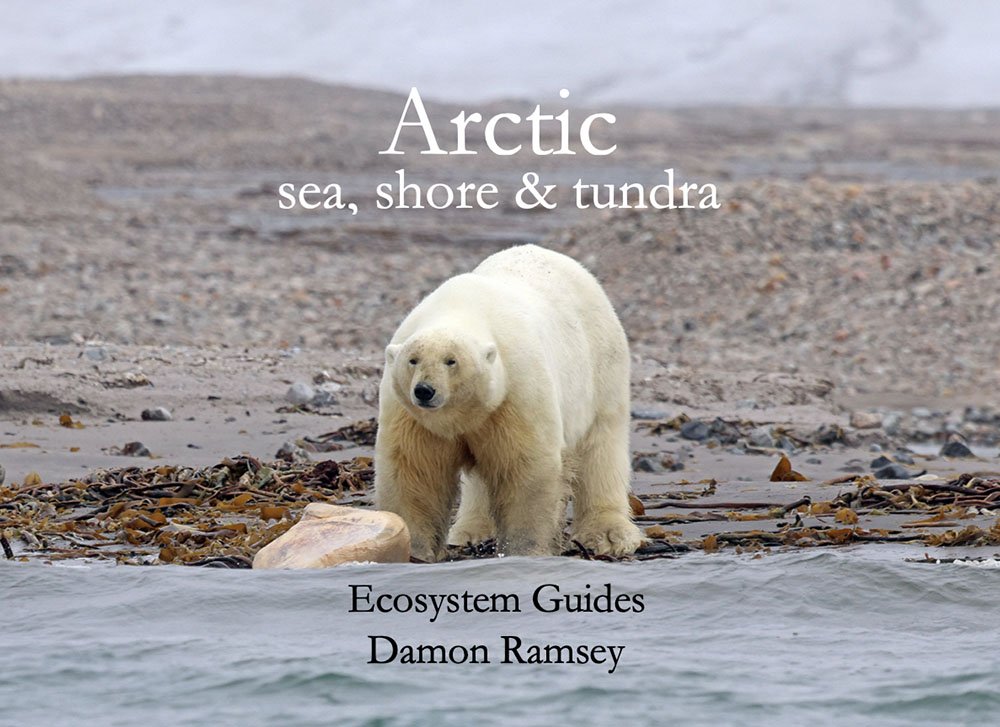ecosystem-guides.com
....exploring the planet's ecosystems
(HOLARCTIC) ARCTIC
Tundra
While the biome of Tundra occurs at high altitude in various areas around the world and on sub-Antarctic islands, it reaches it's greatest extent and diversity in the northern hemisphere Arctic region. These open habitats are characterised by their lack of trees.
 (Torngat National Park, Canada)
(Torngat National Park, Canada)With few trees on the tundra plains, the flowers of the Arctic Tundra provide much needed botanical structure (and colour) to a barren landscape...

One of the more common plants in the Arctic tundra is the bog standard 'Bog Cotton', Eriophorum.

Other flowers of the Arctic include....
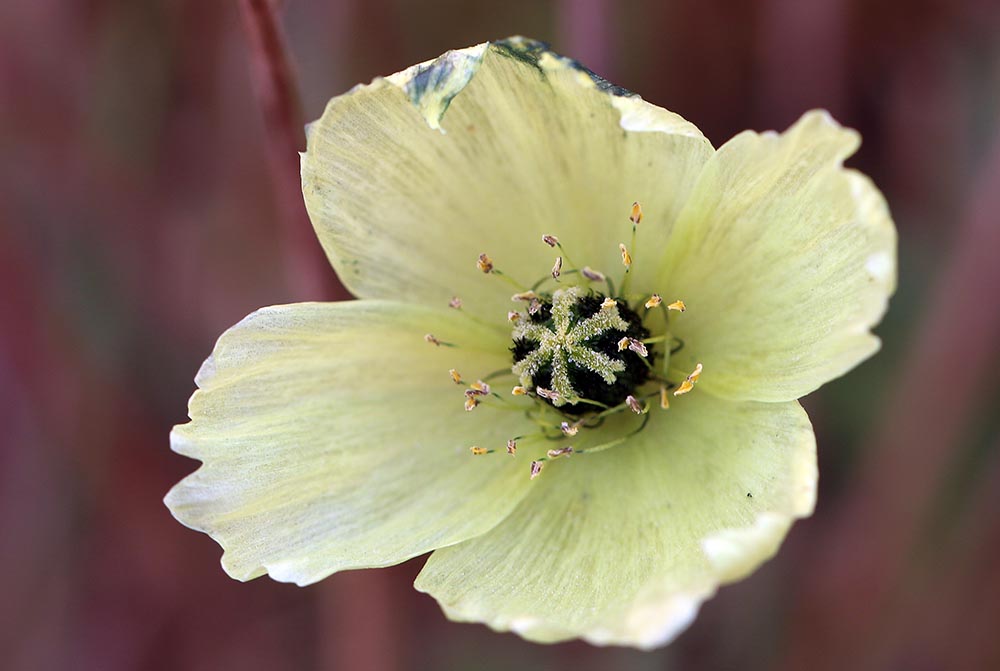 Poppy flower, (Greenland)
Poppy flower, (Greenland) Chamerion (Chamaenerion) latifolium, 'Fireweed'.
Chamerion (Chamaenerion) latifolium, 'Fireweed'.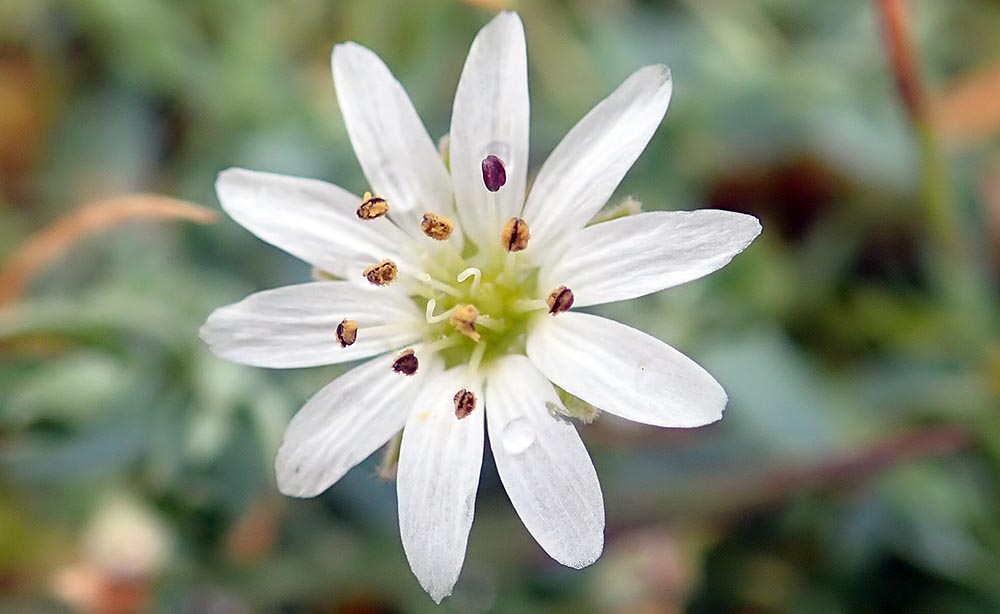 'Chickweed'.
'Chickweed'. 'Moss Campion'.
'Moss Campion'.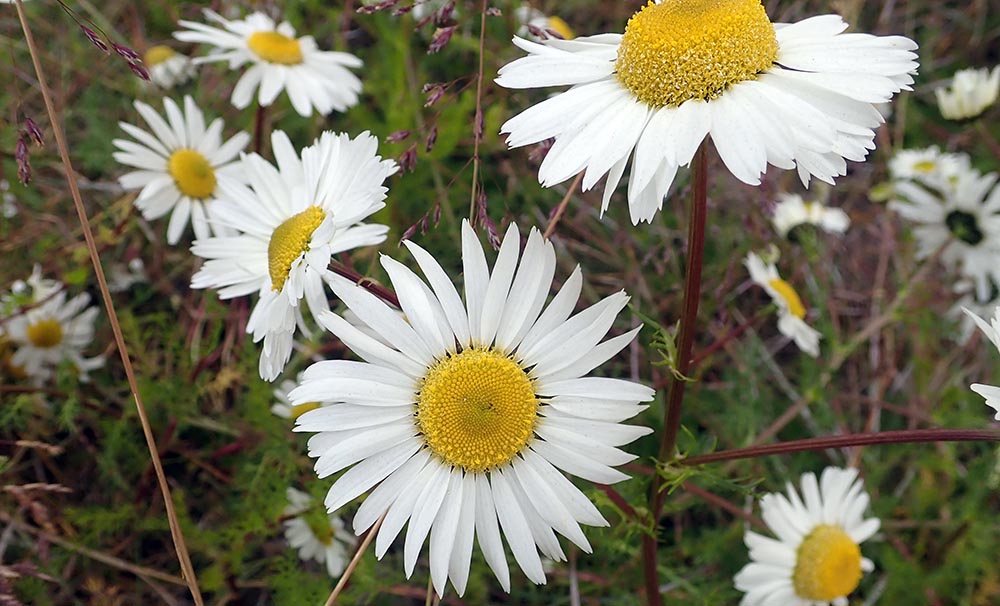 Tripleurospermum maritimum.
Tripleurospermum maritimum. 'Harebell'
'Harebell'In contrast to Antarctica, there is a range of easily noticed and ecologically important land-based birds to be found across the Arctic...
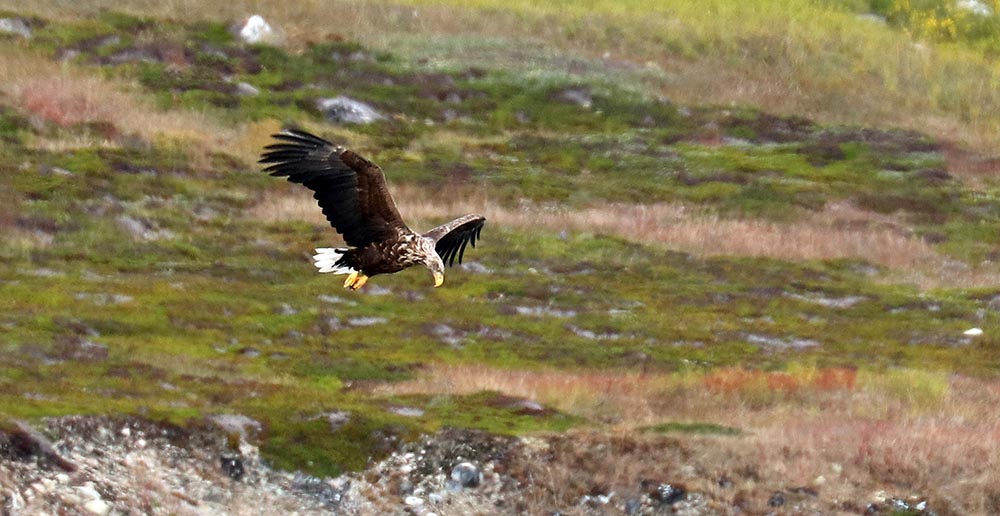 the hunting predators such as: 'White-tailed Sea-Eagle' (Greenland).
the hunting predators such as: 'White-tailed Sea-Eagle' (Greenland). Insect eating birds such as the 'Northern Wheatear', (pictured is juvenile, Greenland).
Insect eating birds such as the 'Northern Wheatear', (pictured is juvenile, Greenland). the opportunistic scavengers such as: 'Common Raven', 'Northern Raven', (Greenland).
the opportunistic scavengers such as: 'Common Raven', 'Northern Raven', (Greenland).There is a small range of mammals to be found in the Arctic landscapes, although they may take some effort to locate. The most iconic is Ursus maritimus, the 'Polar Bear'. This is the biggest species in the bear family. It also the largest land carnivore on the planet. They generally live on the sea ice, along the shore and in the tundra of the Arctic region.
 Polar Bear (Torngat National Park, Canada)
Polar Bear (Torngat National Park, Canada)Places to explore the Arctic tundra
Some beautiful places to experience the Arctic Tundra include the boardwalk out of Ilulissat in Greenland and the expansive Torngat Mountains National Park in Canada. They are a long way away though!
